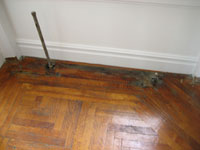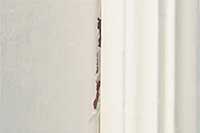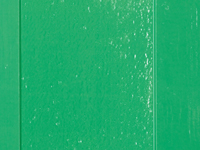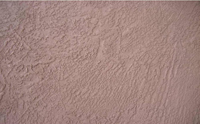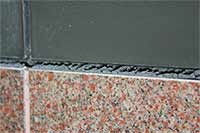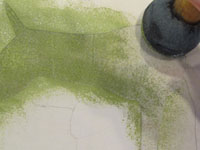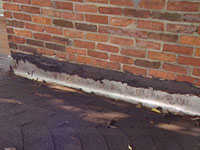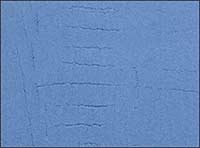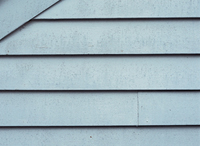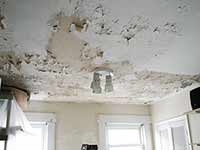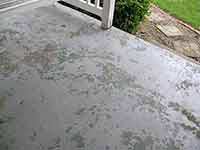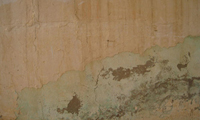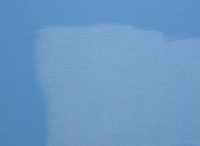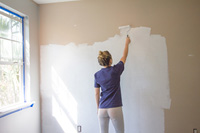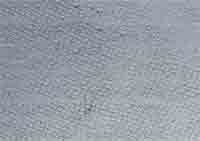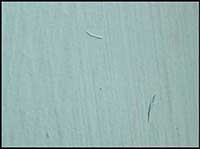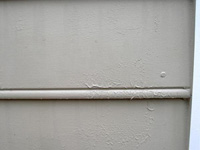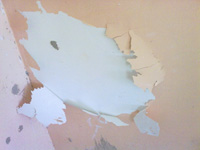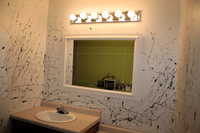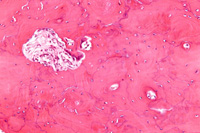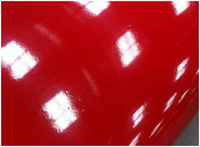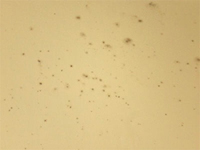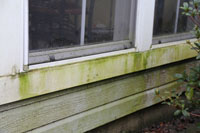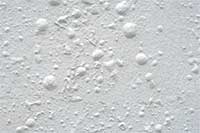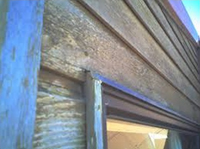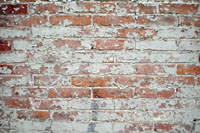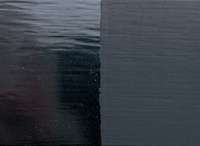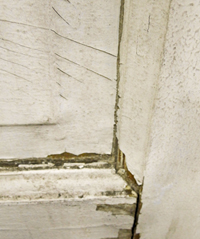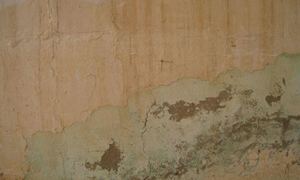 CAUSES: Peeling from plaster could be a result of insufficient well towering of the white coat when the plaster was original applied, cause chalking of the surface. Another possible reason for peeling is use of a glue size, which absorbs water, and holds it underneath the paint.
CAUSES: Peeling from plaster could be a result of insufficient well towering of the white coat when the plaster was original applied, cause chalking of the surface. Another possible reason for peeling is use of a glue size, which absorbs water, and holds it underneath the paint.
SOLUTIONS: All new plaster should be primed after it has been cured a minimum of 30 days. This will reduce moisture and alkali. After curing and before priming, wipe the plaster with a damp cloth to remove powder and dust. If peeling has already occurred, remove as much of the present paint and primer as possible by sanding and using a chemical remover before repainting. If just the peeling areas are removed, all the original primer will probably peel eventually, and the new coat will come off with it. If the surface is badly disintegrated, cover it will canvas or hardboard. Plaster and paint the new covering.
Cracks and holes in plaster should be repaired with repainting. If patching is necessary, a water-mix patch should be used when the intended topcoat is latex since oils in patching compounds sometimes bleed into latex. When using a water-mix patch, thoroughly dampen the surrounding edges of the damaged areas to prevent the plaster from absorbing moisture and becoming crumbly.
Make sure the newly repaired plaster is similar in surface texture to the adjacent plaster so that the repaired area blends in with the original area. Reprime and repaint the surface. On chalky plaster, an oil-base primer is recommended because the oil wets the chalk and adheres better than water primers.

